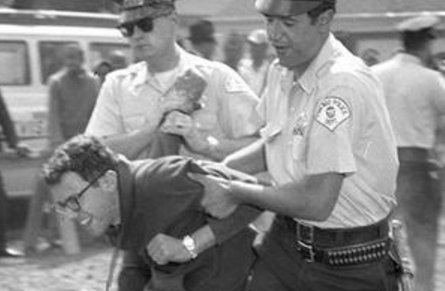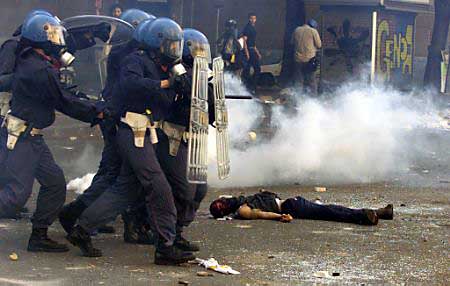DMZ America co-hosts Ted Rall (from the Left) and Scott Stantis (from the Right) look back at the only other president in history who returned to the White House after having served and then been defeated: Grover Cleveland, the 22nd and 24th Presidents the United States who served 1885-1889 and 1893-1897.
Cleveland was a Democrat renowned for honesty and probity, but otherwise there are some remarkable parallels between Cleveland and Donald Trump. Both were portly, had healthy libidos and a predilection for age-inappropriate wives, were skeptical of military imperialism and favored pro-business policies that prompted a reaction by labor. Listen to these two history buff’s take on a 19th century leader we’ll all be hearing more about in the years to come.
Listen to the Audio Version:
Watch the Video Version:
N.B.: There were significant tech issues in this video feed, mainly Ted’s face freezing. We think we have it fixed for the next time.







